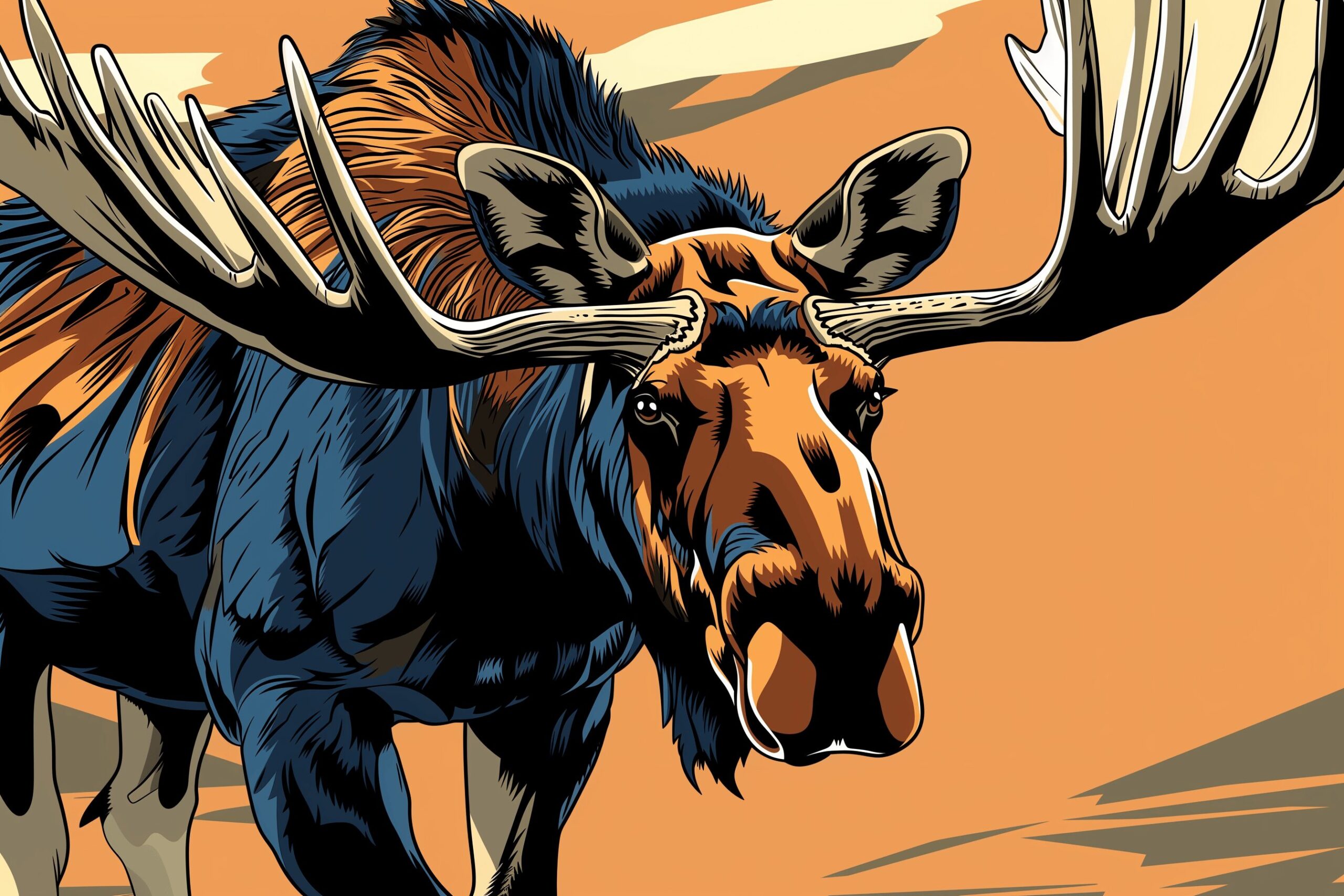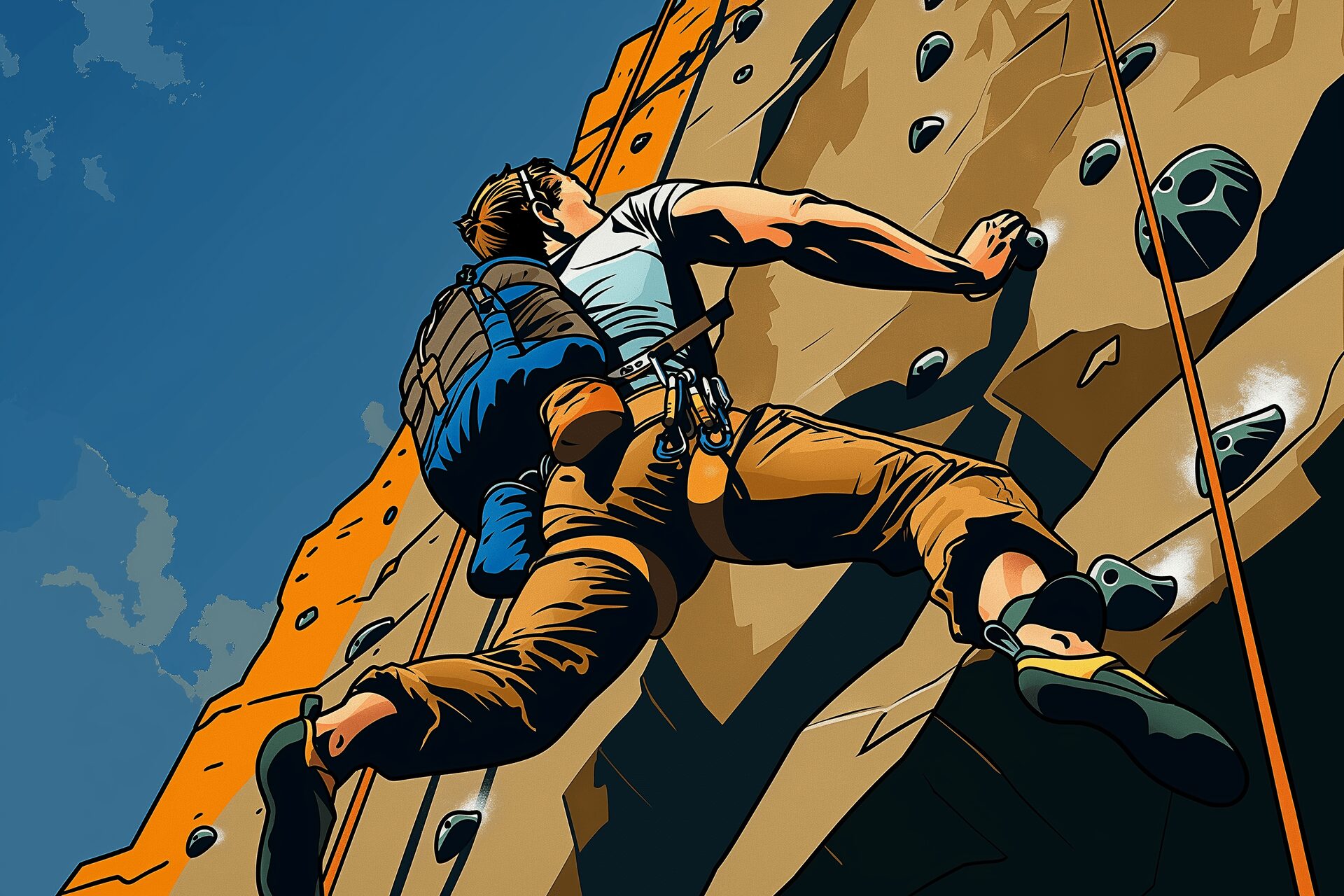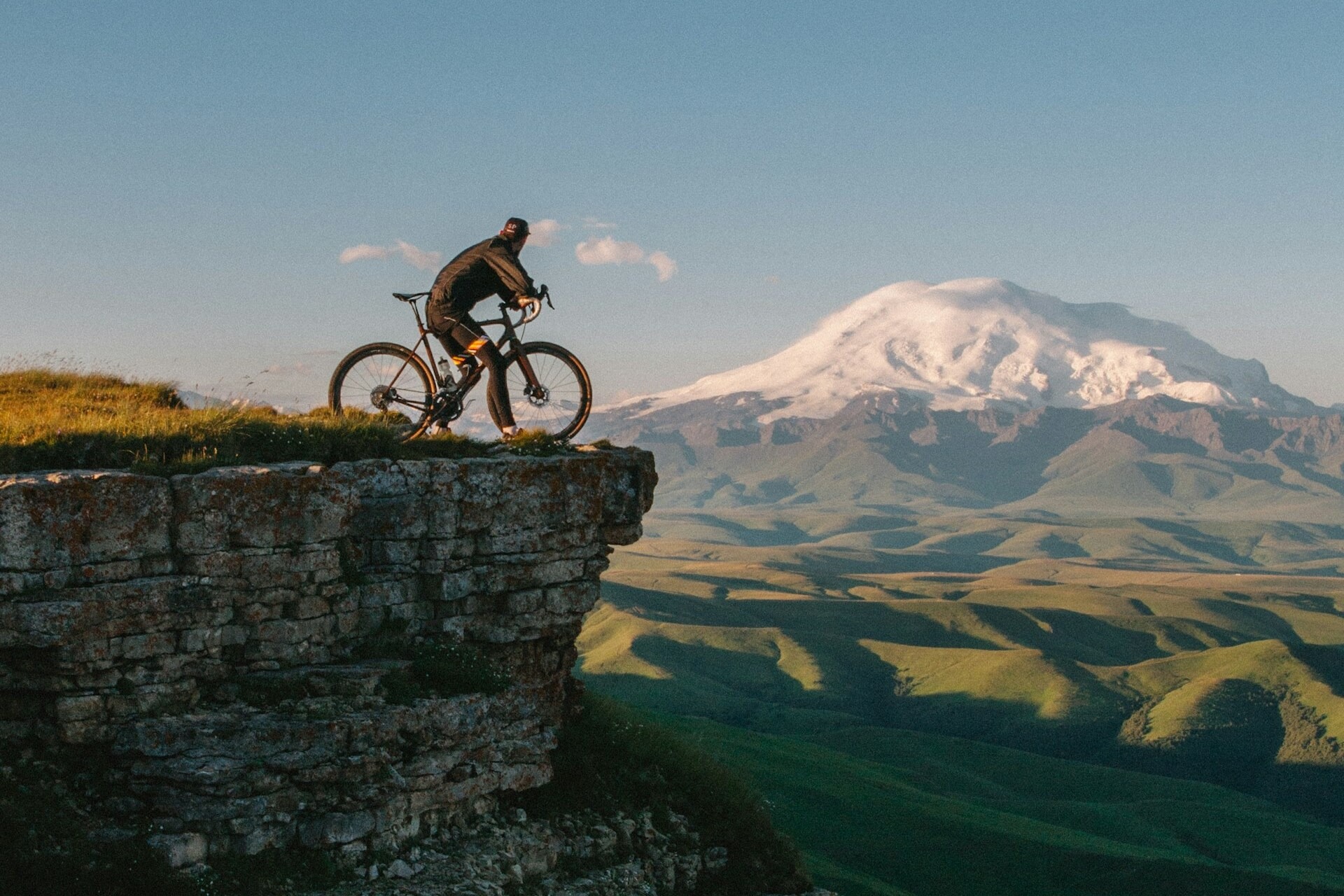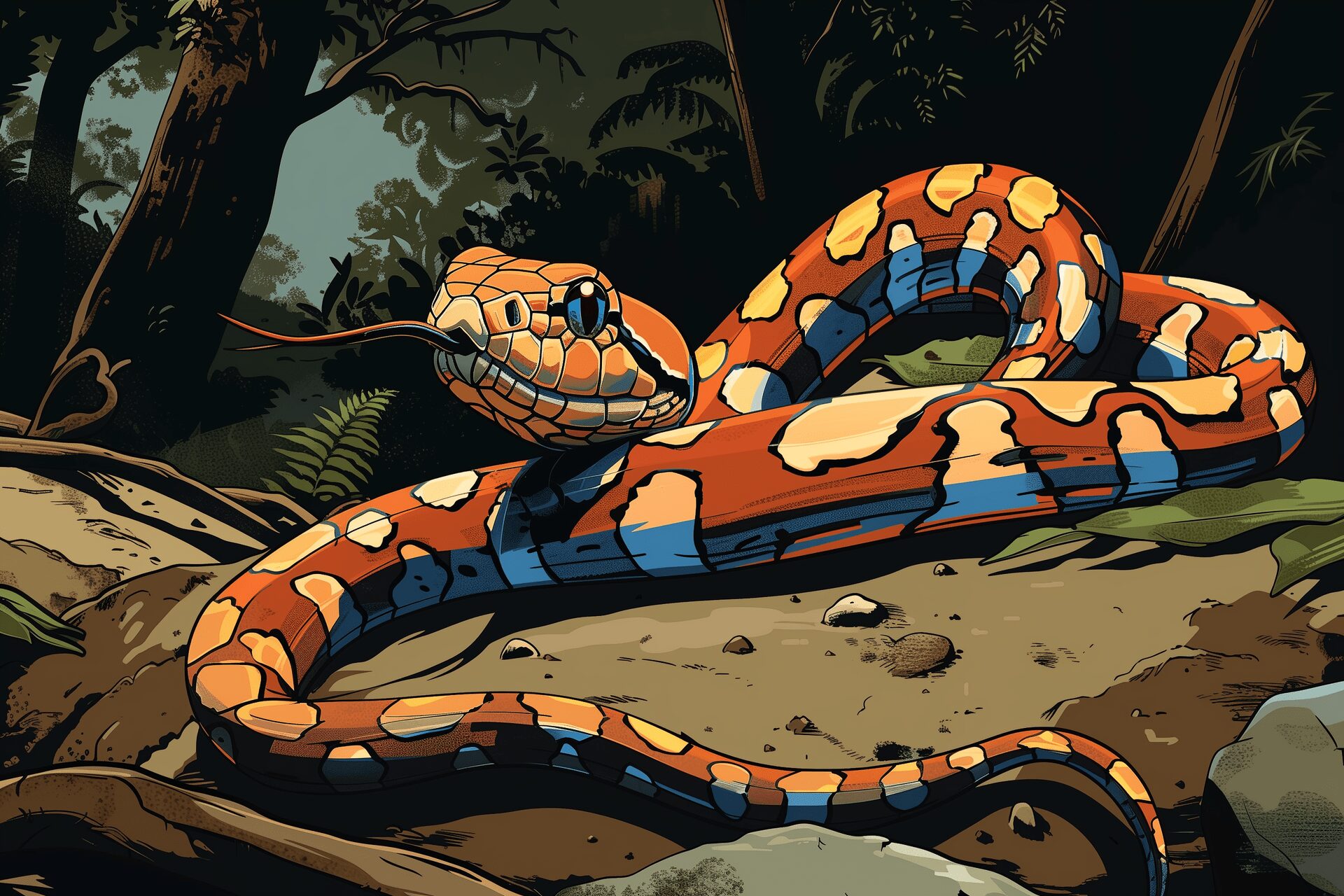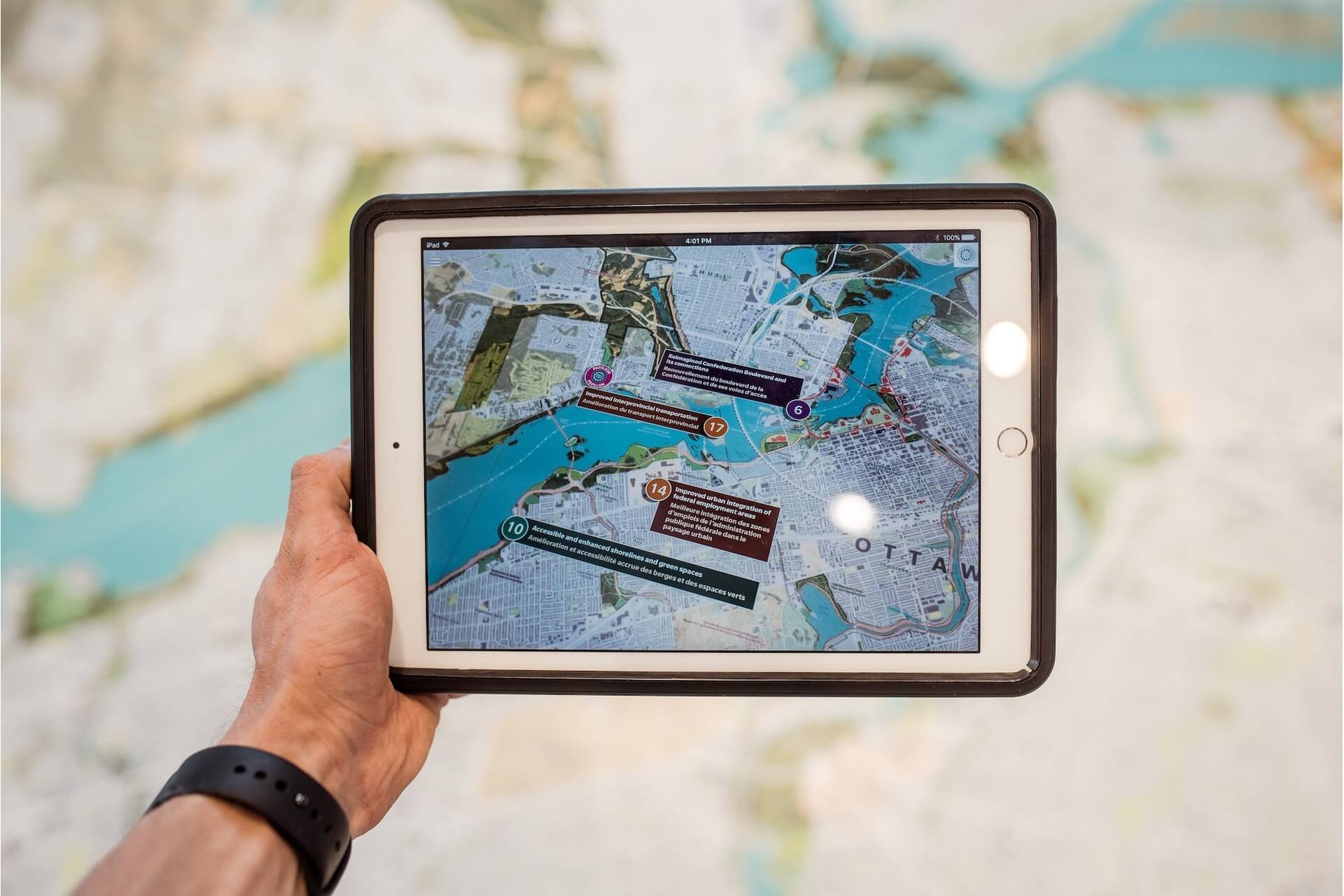
As an Amazon Associate, Modded gets commissions for purchases made through links in this post.
So you’ve heard about the mystery geocaching, and what you’ve heard is enough to get you asking some questions. What is a geocache? How do you find one? What’s the best geocaching app to use? Lace-up, you’re about to learn how to geocache.
What is Geocaching?
Geocaching is what you would call a high-tech international treasure hunt. The aim of the game is to track and find geocaches, which are small hidden treasures placed in TC spots by other people. It’s been around since 2000, so there are endless caches and treasures to seek.
To find the geocaches, you download a GPS-enabled app on your phone, then pick a geocache to find and download the coordinates for the hunt. You can also download a map from a website, but GPS on your phone will be more accessible, especially if you want to track your trip in real time.
With geocaches in 196 countries worldwide on all seven continents and in space, you can geocache just about anywhere. From New York’s two-decade-old geocache to Germany’s Lego geocache giraffe, you can go to many exciting places with geocaching.
What is a Geocache?
A geocache can be virtual or physical. Virtual Caches work like Pokemon Go and someone sets up hidden treasures on a map and you follow the GPS with an app on your phone to find them.
Physical geocaches come as waterproof containers with a logbook inside for you to sign and sometimes a treasure to trade. When you go on your first geocache hunt, you’ll want to carry tokens to put in caches for other cachers to find. Along with the physical log book, you can also sign digital log books to prove your findings.
So physical geocaches come in different forms:
- Regular Caches – These can be waterproof containers like Tupperware or ammunition boxes.
- Micro Cache – A small cache, usually the size of a film canister.
- Nano Cache – This is an even smaller cache with the logbook rolled up inside. It’s so small you may need tweezers to pull out whatever’s inside so if you go hunting for one, be prepared!
- Camouflaged Cache – People usually use disguises to hide these caches like fake rocks.
- Multi-caches – This involves two or more locations, to find the cache, you will have to follow the coordinates for clues
- Mystery caches – A mystery cache requires you to complete a puzzle and gather information from coordinates to find the final location.
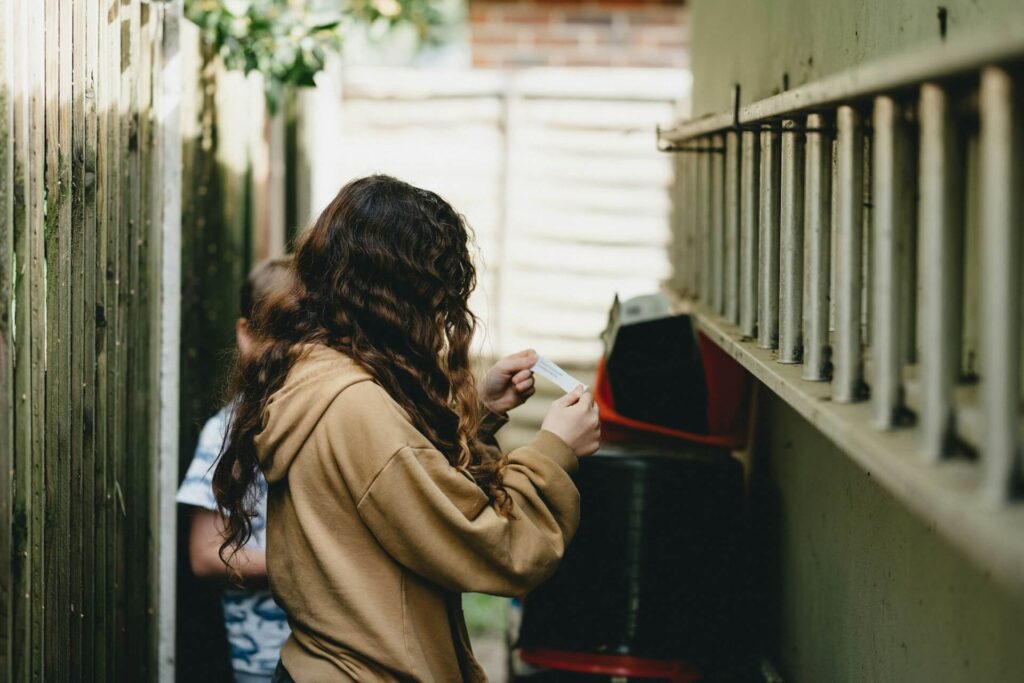
Best Geocaching Apps for Beginners
Find the best geocaching app to start your adventures.
1. GooseChase
Maybe you’re interested in the geocache chase, but downloading maps, finding coordinates, and packing tweezers for a nanocache sounds a little too much for you right now. Try GooseChase, an interactive digital treasure hunt that just needs you to have your phone on you. You can participate in a scavenger hunt made by someone else and find hidden digital treasures in your local park, playground or city center. It’s a great app to practice and gain skill before diving into the deep end. GooseChase is the overall best geocaching app for beginners or students.
| Pros | Cons |
+ Easiest to use for beginners | - Limited options without paid subscriptions |
+ Offers unique team scavenger hunt options | - Gets pricier with larger groups |
+ Great as an educational tool |
2. AdventureLab
AdventureLab is also an excellent way to learn if you’re just getting started. It’s primarily virtual, but adventures take you to physical locations with puzzles, clues and questions to discover landmarks and everyday treasures in your vicinity. You can also design your own treasure hunt map with waypoints or cache signals that make up an interactive map of your local area. The scoring system on the app allows you to find friends and compare your geocache experience and treasure finds.
| Pros | Cons |
+ Hint system is easy to learn and take on with friends | - Less overall content than most other apps |
+ Every scavenger hunt has purpose and context | - Limited offline capabilities |
+ Multi-step adventure system is a lot of fun | - Some difficulty entering answers |
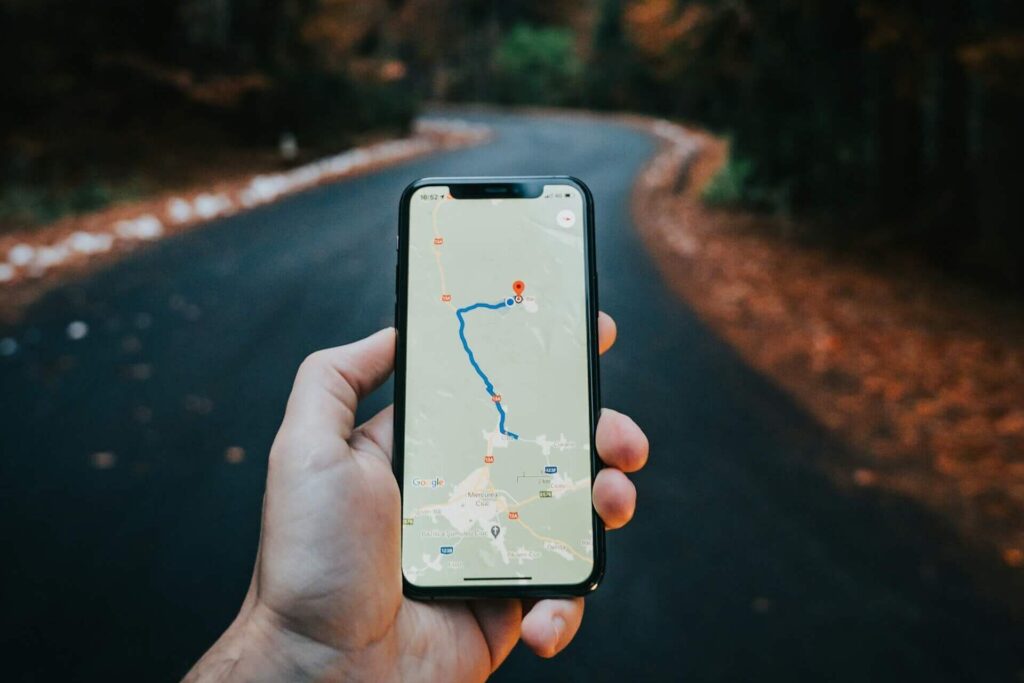
3. Geocaching
This is a great geocaching app, especially for families with kids who want to try it out. It has a simple interface that’s easy to understand and even lets you use a secondary map app. The free version has cool features like finding geocaches by location, type and tracking code. You can also log your finds or caches you struggled to find. The app lets you see how difficult it is to get to the geocache, the kind of terrain and a description to help you find it. You can even message the geocacher who placed it where it is.
| Pros | Cons |
+ The official app of Geocaching HQ | - Less free options than some other apps |
+ The most total overall geocaches of any app | - The in-app GPS can be buggy and occasionally freezes |
+ Easy to jump in without much setup |
4. c:geo
If you’re looking for the best free geocaching app that is truly free, c:geo might be your best bet. c:geo is an Android app that gives you access to various geocaches. You can search for caches in several ways using coordinates, addresses, keywords, nearby caches to find and even a ‘go to’ option that lets you move from one cache coordinates to another. Choose the cache type you want through the filters. Pick traditional caches only or mystery caches and earthcaches, for example.
You can download maps to use offline, access trail maps for off-road geocaching and it will still work as if you’re online. You can also use external maps and a compass and customize the app and set the app to low power mode if you’re taking a long trip and need the extra battery power.
| Pros | Cons |
+ Extensive offline features compared to other apps | - Not available for iPhones |
+ Lists feature is extremely helpful for new users | - Creating routes is tricky compared to competitors |
+ Completely free; no hidden costs or subscription fees | - Drains phone batteries quickly if not on low power mode |
5. Cachly
Cachly is similar to the Geocaching app, it just requires a one-time payment to get all the features like offline maps and advanced search. It works with an Apple watch, which makes it great for adventurous geocaching where you might want to put your phone away.
You can search for caches nearby when you find a cache with the app. It also lets you hide caches you found so you can focus on getting new ones without distractions. You can also highlight caches to stand out on the map or make your personal notes and handpick caches to make a private list.
| Pros | Cons |
+ Very easy to log caches you’ve completed | - Requires a one time payment |
+ Can sync with your Apple Watch | - Not available on Android |
+ Translation function is great for accessibility | - Drains phone batteries quickly if not on low power mode |
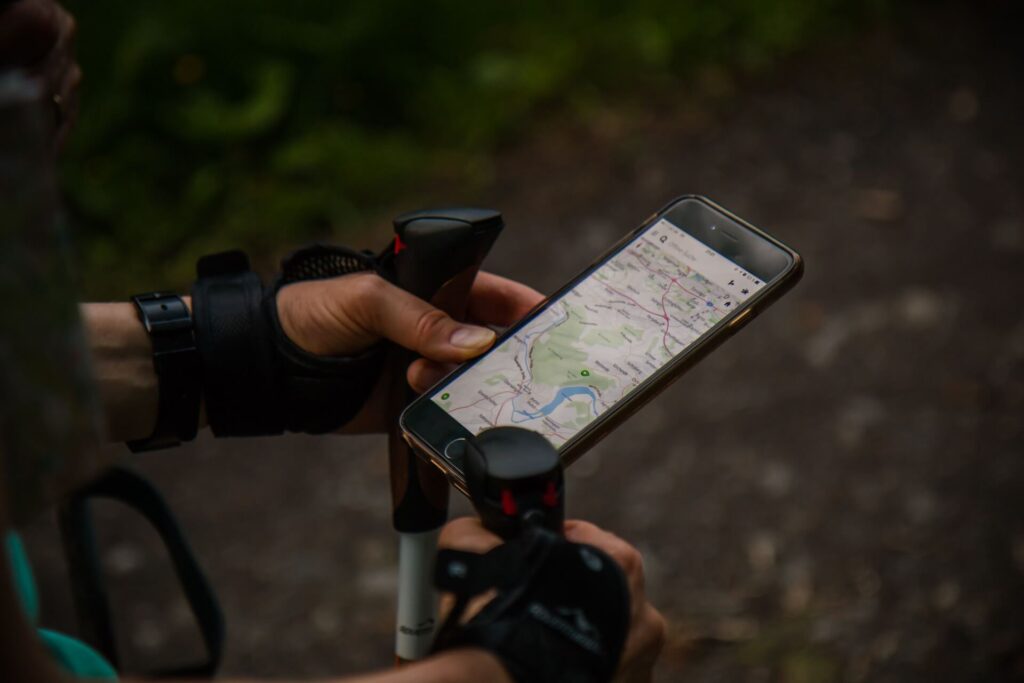
Tips for Geocaching Adventures
- Stay safe. If your GPS shows a cache inside a waterfall or past the cliff’s edge, remember your smartphone’s GPS sometimes gets it wrong. When using your geocaching app, think of safe ways to get to the cache. It could be around the waterfall by a tree or at the bottom of the cliff.
- Be discreet – For the sake of other geocachers, try to draw little attention to the cache and hide it when you’re done.
- If you find a treasure in the cache, leave one too! You can leave a golf ball, a badge, a small pack of cards or a toy or anything that both kids and adults would enjoy.
- If you can message the person who put the cache there, remember to say TFTC– Which stands for ‘Thanks for the Cache’.
- Look for events or geocaching pop-ups like Secret Santa geocaching on Reddit.
A World of Adventure Awaits
Get your running shoes on and visit your local national park today for some geocaching fun. While it may not be the Lego geocache giraffe in Germany, there are thousands of exciting places to see and treasures to find.
Originally posted 11/23/23 – Updated 4/29/24
Stay up to date with the latest by subscribing to Modded Minute.
Author
Jack Shaw is a senior writer at Modded. Jack is an avid enthusiast for keeping up with personal health and enjoying nature. He has over five years of experience writing in the men's lifestyle niche, and has written extensively on topics of fitness, exploring the outdoors and men's interests. His writings have been featured in SportsEd TV, Love Inc., and Offroad Xtreme among many more publications.

